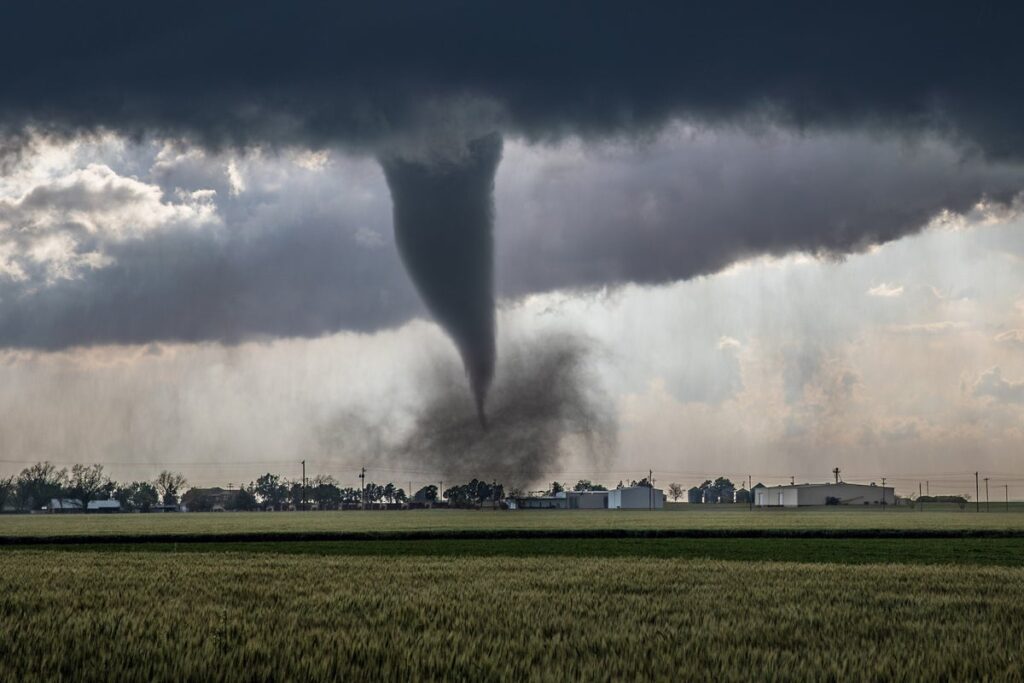The New Tornado Alley: A Shift in Tornado Activity
As of April 2025, the United States has experienced a remarkable increase in tornado activity, with the National Weather Service reporting 552 tornadoes since the beginning of the year. This figure significantly exceeds the historical average of 337 tornadoes recorded during the same period from 1991 to 2020.
A Changing Landscape for Tornadoes
The recent surge of tornadoes has predominantly affected areas farther east than traditional Tornado Alley, notably impacting states like Mississippi, Alabama, and Tennessee. This shift poses new challenges, as many tornado-related fatalities have occurred in these regions, highlighting the evolving nature of tornado patterns.
Shifting Tornado Alley: A Historical Perspective
Historically, Tornado Alley encompassed parts of Texas, Oklahoma, Arkansas, and Missouri. However, research indicates that over the past 35 years, this corridor has gradually shifted eastward by approximately 400 to 500 miles. Recent mapping of tornado outbreak data reveals a concentration now situated over western Kentucky, Tennessee, and northern Mississippi and Alabama.

Why Does the U.S. Experience So Many Tornadoes?
The United States leads the world in tornado occurrences, a fact attributed to its unique geographical features. The collision of wet, westerly winds from the Pacific and warm, humid air from the Gulf of Mexico creates ideal conditions for tornado formation, especially in regions with flat terrain that allows easy interaction of these air masses.
Factors Behind the Moving Tornado Alley
Most tornadoes originate from supercells—powerful thunderstorms characterized by rotating updrafts. Climate change is influencing this phenomenon by increasing the amount of warm, moist air that can fuel these storms. Additionally, as the Gulf of Mexico warms, it contributes more moisture to the southeastern U.S., facilitating tornado formation in areas previously less affected by such weather events.
The Implications of This Shift
The eastward movement of Tornado Alley carries significant implications. Tornado shelters are prevalent in traditional tornado-prone states like Texas and Oklahoma but are scarce in the Southeast, which has a higher population density and a greater prevalence of mobile homes—structures less able to withstand tornado winds. Moreover, tornadoes in the southeastern U.S. tend to occur more frequently at night, making them more dangerous due to reduced visibility and warning times.
Conclusion
This year’s tornado activity underscores the critical need for updated planning and preparedness in regions now at risk. As the landscape of tornado occurrences shifts, communities must adapt by enhancing awareness and infrastructure to mitigate the impact of these violent storms.


